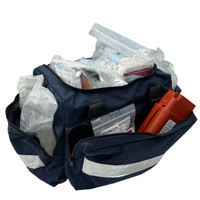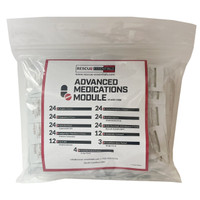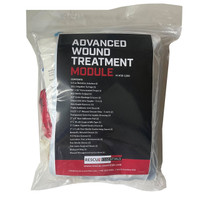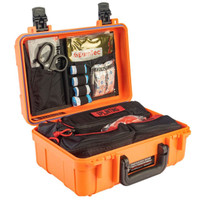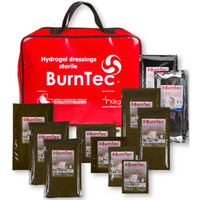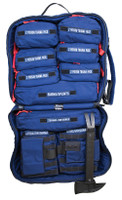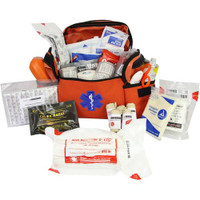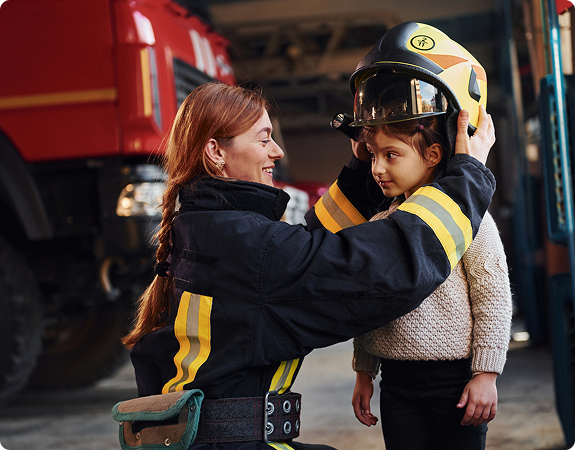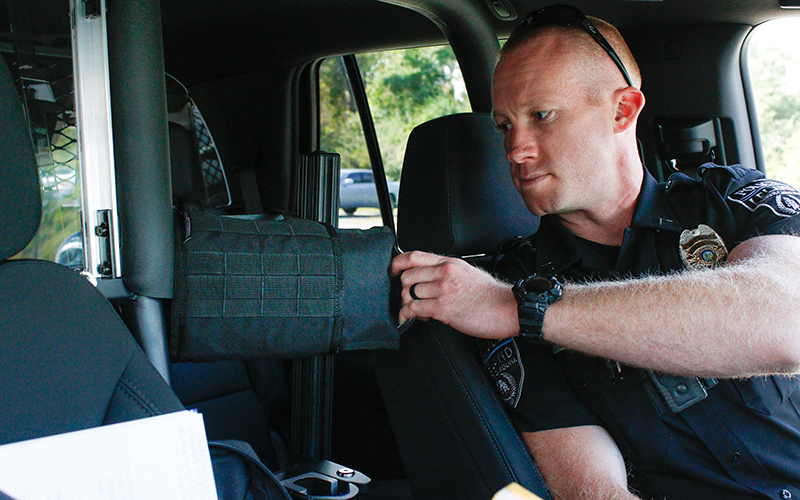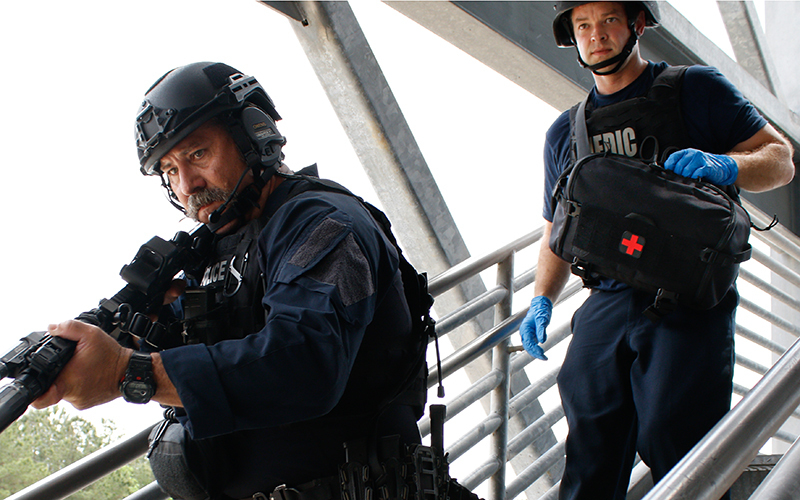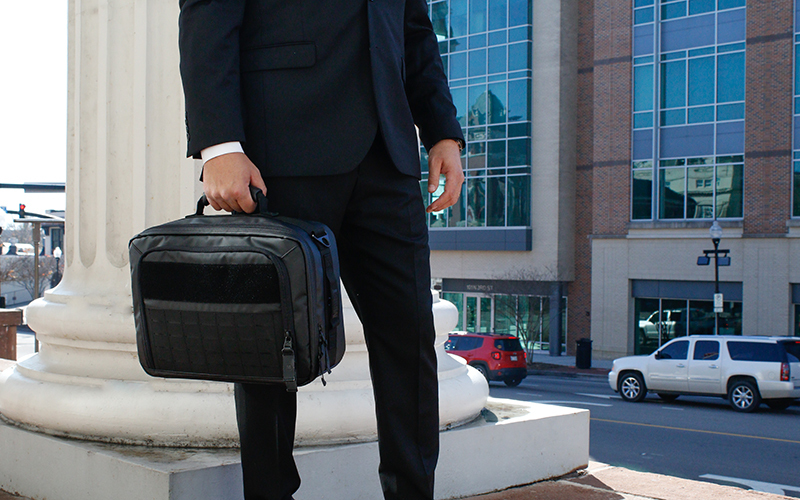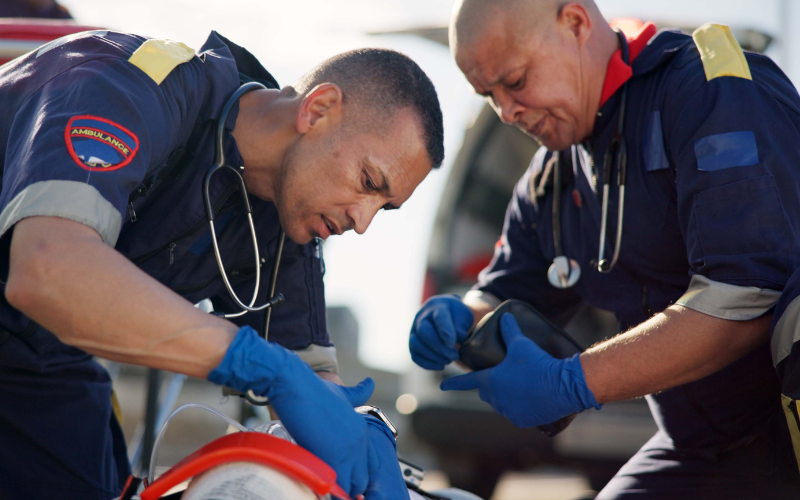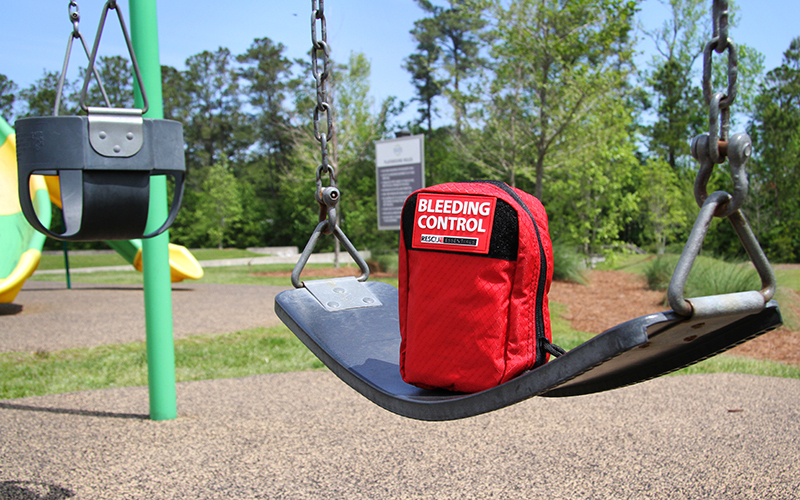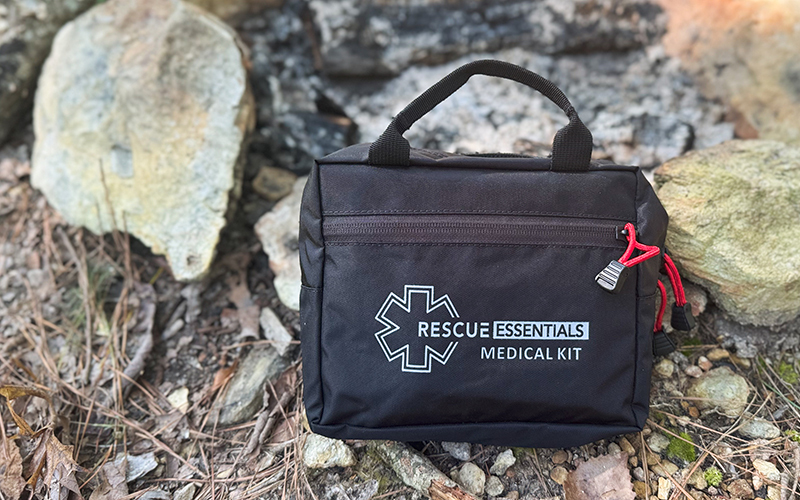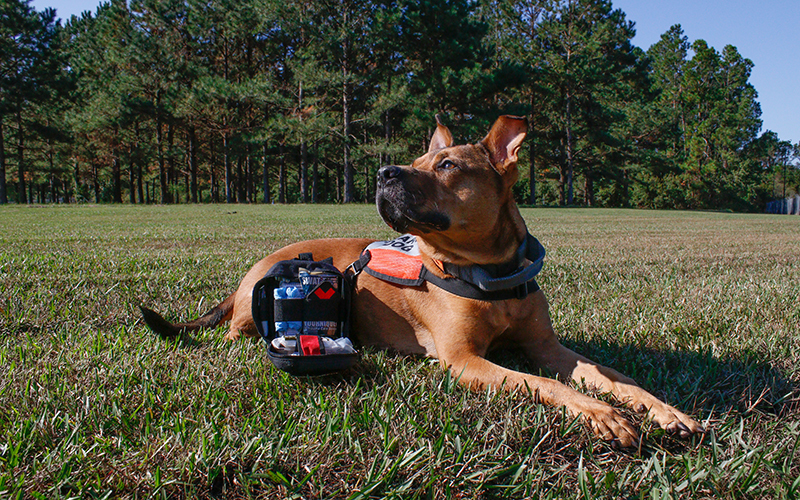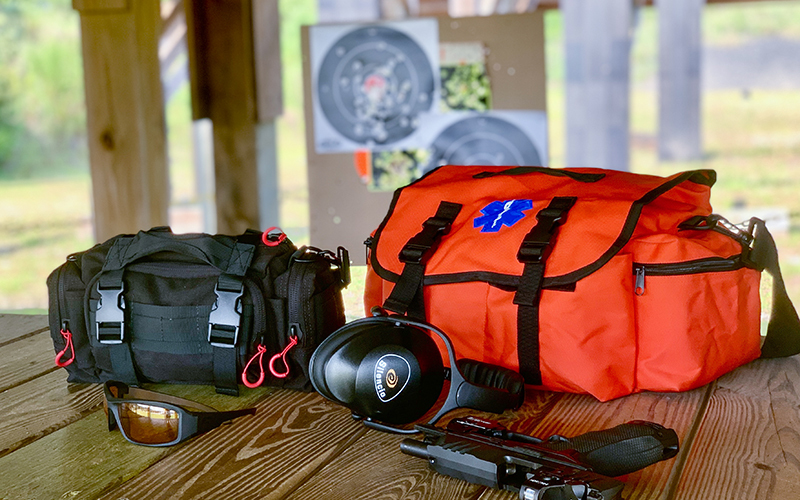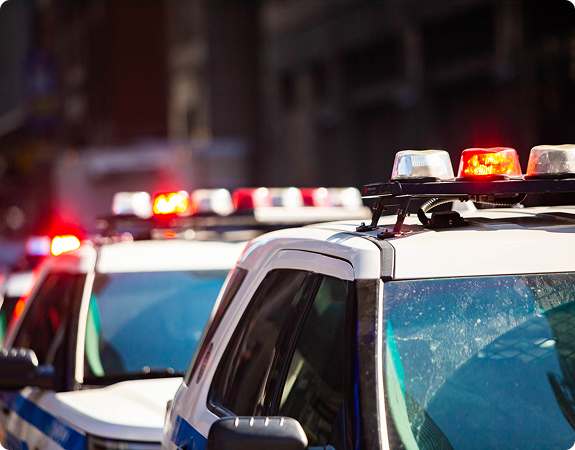Medical Kits
We build IFAKs, tactical medical kits, and trauma kits for almost every kind of operator, from the minimally trained outdoorsman to the veteran combat medic or paramedic, and ranging in size from the smallest tactical IFAK to large fully-stocked BLS Trauma Kits; and for a variety of specialties including marine/watercraft safety to agency-specific needs.
It is important that the contents of your IFAK match your level of training and the type of injuries you are most likely to treat, so a careful review of contents lists is a must. Another consideration is the way it is packaged and contained—there is no point in paying for an elaborate thigh-rig if it is going to end up in a pack or vehicle. Check out our extensive IFAK trauma kits, or our EMS and First Responder medical kits to find what suits your needs.
For custom quotes, see our Contract Sales page.
What Our Customers Say



FAQs
